

That’s a great synopsis of the study. Did you write that yourself or use some tool to derive the summary?
Either way, I’m sure folks here appreciate the effort. Thanks.


That’s a great synopsis of the study. Did you write that yourself or use some tool to derive the summary?
Either way, I’m sure folks here appreciate the effort. Thanks.


It’s crazy to me that the games in this collection are so good!
I rarely see people talking about Mini and Max. I think most people aren’t sticking with it very long. The game is much, much bigger than it looks. There is a ton of adventure to have there. There’s an old man in a pot to the west that is especially important to meet.

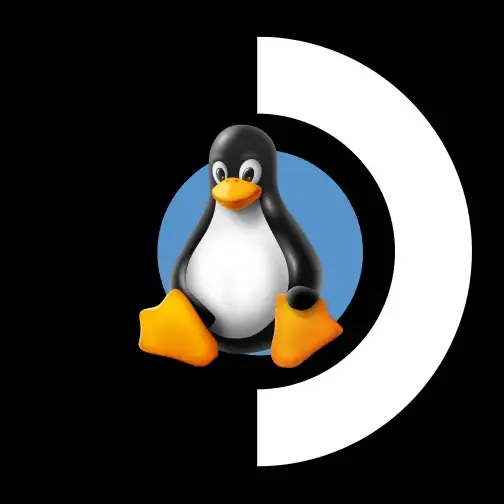
You’re both totally right here. The article you linked was well written and had a bunch of good ideas about what players in the handheld market could do to make their products competitive and consumer friendly. I don’t think many of the people commenting here actually read the article, which is too bad.
And yeah, I think Nintendo has and will continue to make hardware that is compelling to gamers of all kinds. There’s plenty of room in the market for PC and Nintendo devices.

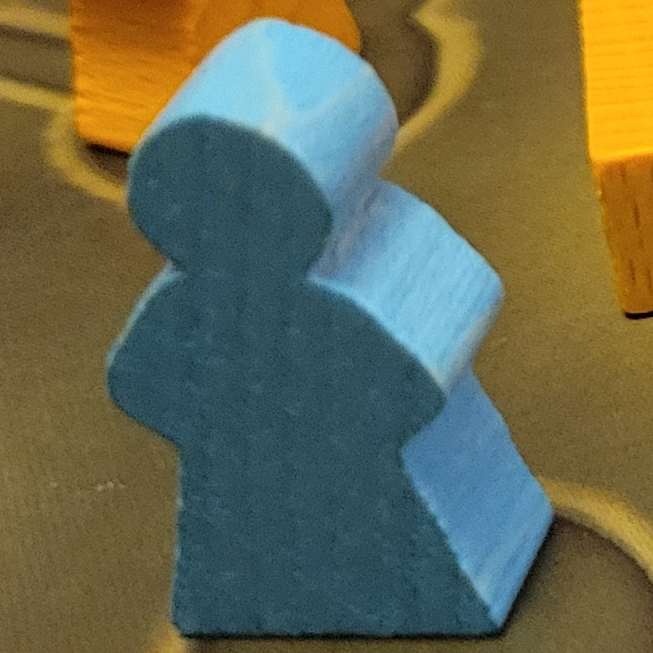
Daybreak is lovely! Great suggestion.


That sounds like a fun project! And it seems to have turned out great. Well done.


Time well spent.

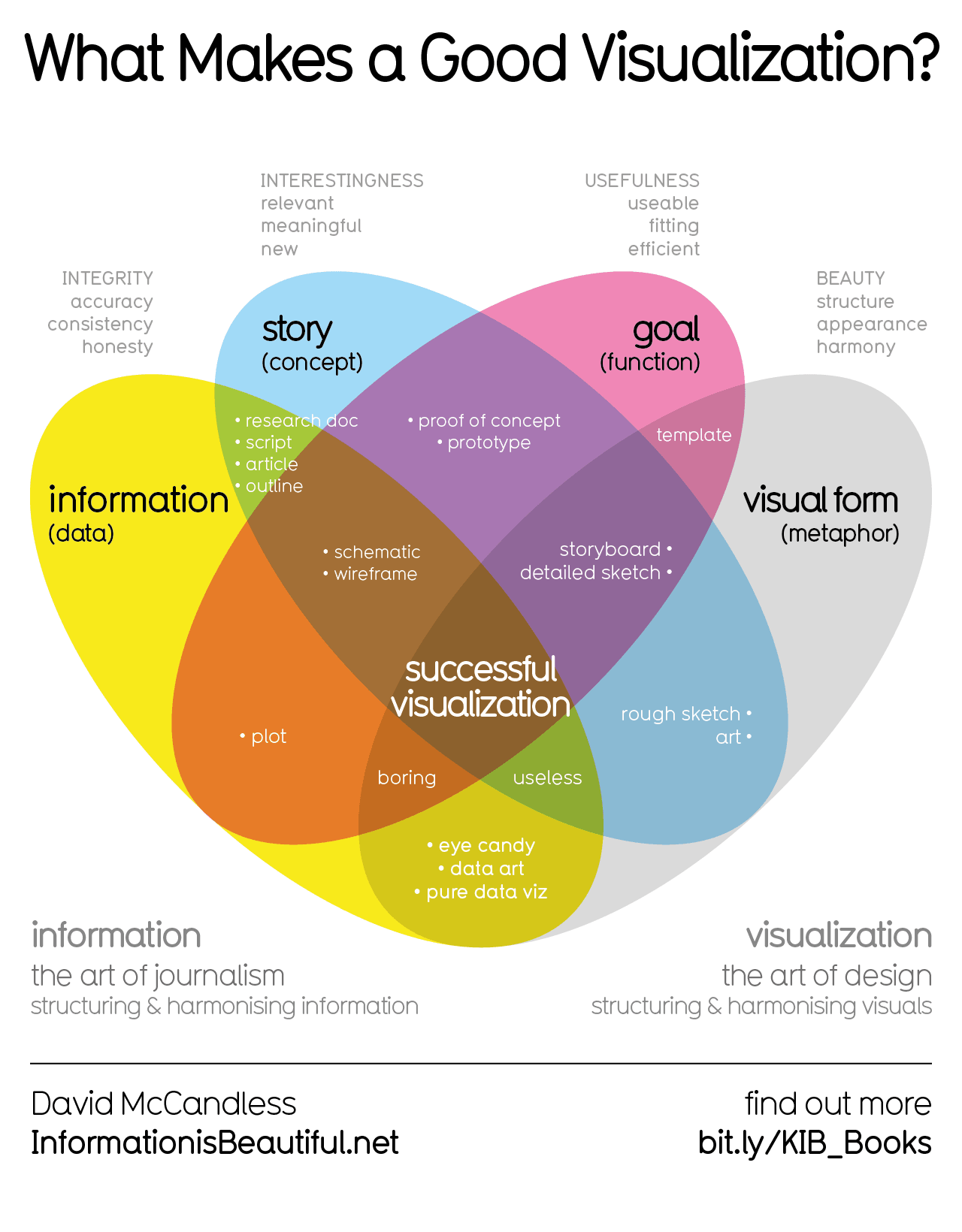
Totally agree. I prefer my Fairphone to nearly any other phone I’ve owned.


Made my morning so much better

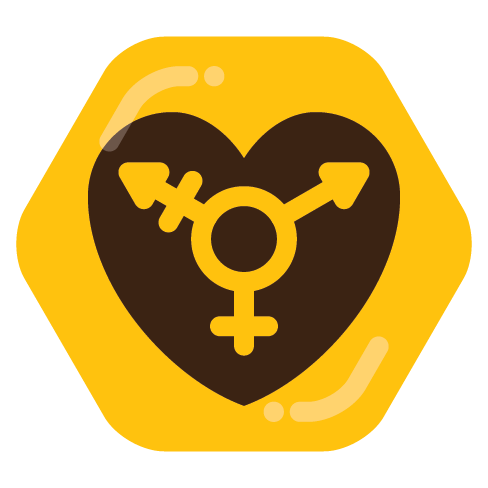
This is an excellent piece of writing! Thanks for sharing it.


Absolutely agree with this. The product could have had fewer games and each game could have been much more shallow and it still would have been “good”. But there’s honestly a ton of bangers in this collection and the variety and creativity is astounding.


That was great! Thanks


Their video about how curved spacetime causes the effects of gravity is also very well done.

That’s awesome! I really dig the colour contrast and the slightly puffy sleeves.
Mini and Max is so strangely awesome! It didn’t have to have nearly as much content as it does. It’s huge!


My understanding is that the steam version released with no ASCII tileset, but there is one now after an update. I bought the steam version but haven’t played it much at all, so I haven’t confirmed this myself.


The video above has the ASCII style graphics I was talking about. This video shows a dragon attack using a different tileset. (This video begins with some loud music).
https://youtu.be/9ejgsGgH__M?si=RFsdfaKLiCgjhr7p
You can see in this one how the flames billow and spread.
So you’ll have to imagine what the combination is like. You’re already in a headspace where your brain is filling in details not supplied by the ASCII and then the world just explode into flames.
These other tilesets have their advantages. But I’ll never give up the text-based rendering of the world - I’ve had too many great experiences to give that up.


So like, yes, I totally agree.
I want to take a second to tell a story though, about the graphics in this game. I hope to explain why this game actually has the best graphics ever.
Context for some folks: the game is entirely rendered using ASCII characters (for the purpose of this story. I know, I’m leaving out detail, it’s okay). So the goblins in Dwarf Fortress look roughly like this
g
A dog looks like this
d
And a dragon looks like this
D
Learning to play Dwarf Fortress can be tough at first because there’s a soup of letters and other typing characters on the screen and your brain needs to convert that into a scene that makes sense. But here’s the thing … eventually that’s exactly what your brain does! You stop seeing the semicolons and hyphens, the letters and the strange formatting characters like “╥”. You start to see rivers and grass, tiny people working hard, a bustling metropolis, an invading horde.
And the creator of this game hasn’t simply cut corners on making the game look good by using ASCII tilesets. The grass (made of commas or single quotes) sways in the breeze. Running water shimmers. Cherry trees gently rain cherry blossom petals during certain seasons. There’s actually a ton of little details there for your brain to pick up and immediately upscale into high def for you. It’s delightful. And sometimes terrifying.
Sometimes something new will happen. A creature you’ve never seen before will approach your little community. It will be represented by some letter and your brain will render that for you in the way it has been taught to do. Your eyes see a d and you see a dog. Your eyes see a D and you see a dragon. It’s bigger than a dog. Most things are, no big deal. But you’ve been deceived.
You watch as a band of dwarfs approach the dragon. The creature is quite still, right next to the round trunk of a tree that looks like this O. The brave warriors are still far from the creature. You’ve built whole dinning halls, with wooden chairs and stone mugs and carvings decorating the walls, that could fit within the space separating the warriors from the capital D dragon. One canny dwarf let’s loose an arrow at the beast. It zips through the air like this -
As it approaches the Dragon, which is surely just to Iike a dog but a bit larger and green right, time begins the slow. It ticks. And ticks. And hell is unleashed. Flames jet from the Dragon. Unending flames pouring like red ink in billows that quickly fill the vast space and enrobe the dwarven warriors in a superheated death that pushes in and flows past and even through the band until flickering flames fill virtually all space to one side of a capital D that you will never, ever, mistake the size of again.
My scalp tingled and it felt like my skull was over heating when my brain spontaneously supplied all the extra graphical details for that particular scene. I’ll never forget it.

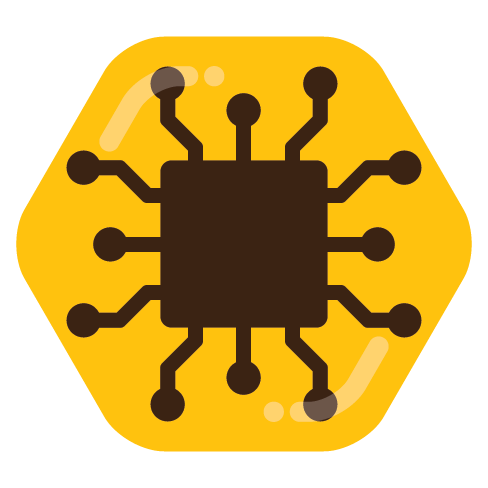
I can’t tell if you’re trolling. But if you aren’t, here’s something cool you might enjoy.
If an object has two sides, you can colour each side a different colour. Think of a dinner plate. That has two sides and an edge that goes all the way around. You could use a marker to colour the front side red, stopping anywhere you hit an edge. Then you could use another marker to colour the back side blue, because the backside wouldn’t be coloured yet.
It sounds like I’m explaining this in a dumb, very obvious way. I am. Not because I think anyone reading this is dumb. But because the shape in the photo does something that is not obvious.
Look at the shape above and imagine it without all the keys sticking out. Imagine it is smooth enough to draw on with a marker. It’s pretty easy to see where any edges are. Imagine colouring one side of the shape red, avoiding where the edge is. If you keep colouring as much as you can, without crossing an edge, once you’re done you’ll find that there’s no place left to colour with the blue marker. You’ll have coloured the whole shape. It only has one side and that one side snakes and twists around to be its own backside as well.
If you’re looking to learn more, the shape is called a Möbius strip.

I’ve made a couple of baby blankets and those are so satisfying. And I’ve been making touques for all the kids in my life and those are really fun projects too.
This study is garbage and I suspect there is some culture war bullshit going on here.
This is directly from the study:
These are huge limitations. The metadata in an email header is often enormous! Significantly larger than most land acknowledgements and several orders of magnitude larger than listing preferred pronouns.
On top of that, email signatures are typically only found on emails that are letter-style communications that have been sent manually by a person. I think it’s dangerous to assume that the bulk of emails being sent are in that category. I believe the vast majority of emails sent are marketing style messages, with embedded style-sheets, headers and footers, and links to images if not the images themselves. All of this adds up to far outweigh the impact of listing ones pronouns.
After saying all that, the author of the study persists in saying that the results represent useful guidelines.
I am suspicious of the author and the website this is hosted on. Why would the author single out “pronouns” and “reputation signaling” as a problem here? They are claiming expertise in the area, but should know that they have picked a very small portion of a relatively small category of email. They are making claims about various numbers of people dying each year because of this “problem”. That’s a wild claim, designed to engage people emotionally instead of intellectually.